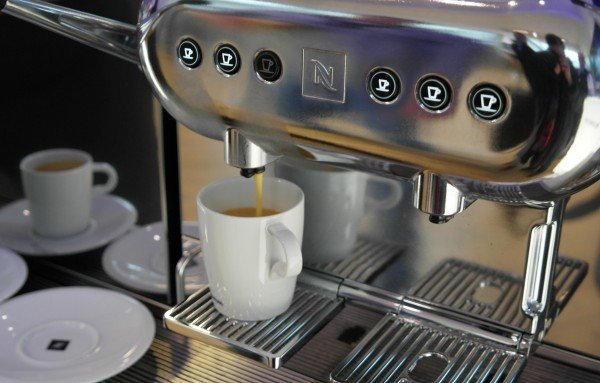“ERP” stands for enterprise resource planning. It refers to a suite of software that organizations use to manage day-to-day business activities, such as accounting, procurement, project management, risk management and compliance, and supply chain operations. A complete ERP suite also includes enterprise performance management, software that helps to plan, budget, predict, and report on an organization’s financial results.
History of ERP
In 1975, Materials Requirements Planning(MRP) software was running in hundreds of large companies though it was only affordable for the larger firms. The system ran on huge mainframe computers that were very expensive though their computing power was not comparable even to some of the portable computers of today.
In 1972, the firm SAP was started in Germany. The company initials stood for “Systems, Applications & Products”. SAP aimed to create business software that worked in real time. This was really path breaking in an era of reel-to-reel tapes and punch cards. SAP launched its first financial accounting system in 1973.
In the 1980s, MRP evolved to what many termed MRP II, or Manufacturing Resource Planning by adding more manufacturing processes and capabilities in order to manage as a one stop production planning solution.
SAP owns the highest market share in ERP market
SAP is #1 in the ERP market. As of 2010, SAP has more than 140,000 installations worldwide, over 25 industry-specific business solutions and more than 75,000 customers in 120 countries
Other Competitive products of SAP Software in the market are Oracle, Microsoft Dynamics etc.



